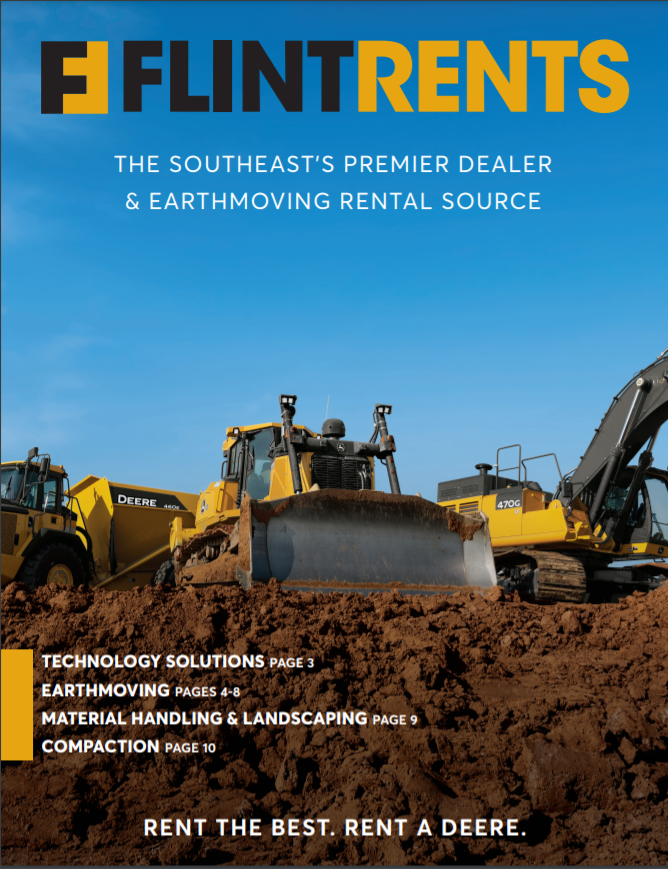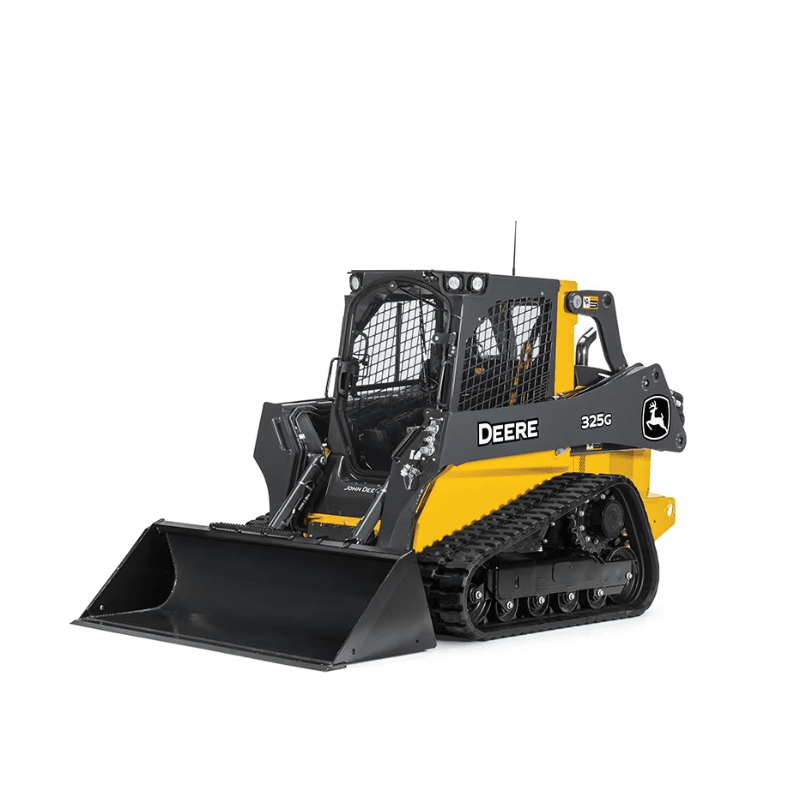Construction Equipment Rentals: Strong Equipment for Your Tasks
Construction Equipment Rentals: Strong Equipment for Your Tasks
Blog Article
Optimize Your Budget by Recognizing the Costs Connected With Construction Tools Leasings
Understanding the full range of prices linked with construction devices leasings is critical for maximizing your budget. What methods can be used to effectively manage these expenses and guarantee a much more efficient rental experience?
Introduction of Rental Costs
When taking into consideration building equipment leasings, understanding the connected prices is vital for effective budgeting and job preparation. Rental costs can differ considerably based upon several aspects, consisting of equipment kind, period of rental, and place. The first rental fee commonly reflects the devices's market need and its linked operational abilities, influencing the general expense.
In enhancement to the base rental price, ancillary costs might arise, such as transportation fees, fuel surcharges, and upkeep charges. It is vital to represent these extra expenditures to precisely analyze the complete cost of renting out equipment. The rental duration can influence rates; longer services might certify for affordable prices, while temporary services could sustain greater day-to-day costs.

Breakdown of Rental Prices
A detailed understanding of rental rates is important for specialists and task managers intending to enhance their budget plans. Rental rates for building and construction tools commonly are composed of a number of components, consisting of base rates, time-based charges, and use charges.
Base rates are the core charges related to the leasing of the equipment, usually established by the type and dimension of the equipment. These rates can differ substantially, influenced by variables such as devices need, accessibility, and regional market fads. Time-based charges, which might be daily, weekly, or monthly, serve to suit different task timelines and rental durations.
Additionally, rental prices may consist of use charges, which apply when tools is utilized past a specified limit, guaranteeing that the rental firm can account for damage. Seasonal demand variations can also influence rental rates, with peak building and construction seasons commonly commanding greater prices.
Additionally, understanding the rental business's plans pertaining to maintenance and insurance coverage can provide additional understanding into the total cost framework. By analyzing these elements, service providers can make informed decisions, making certain the selection of rental devices straightens with both task requirements and budget plan restraints.
Extra Costs to Take Into Consideration
Recognizing the details of additional fees is essential for professionals to manage their overall rental expenditures efficiently. Beyond the common rental prices, numerous supplementary charges can significantly impact the complete price of tools leasing. These charges commonly include shipment and pickup charges, which can differ based upon distance and logistics involved in transferring the equipment to and from the work website.
Additionally, some rental firms might impose fuel additional charges if the tools is returned with much less fuel than when rented. Going Here It is additionally crucial to understand prospective cleaning costs, especially for specific equipment that calls for complete maintenance after use.

Thoroughly evaluating the rental agreement and making clear these additional costs in advance can aid specialists guarantee and stay clear of unforeseen prices that budget plans continue to be intact throughout the task lifecycle.
Maintenance and Repair Service Expenses
Routine repair and maintenance expenditures are typically forgotten elements that can dramatically influence the general price of building tools rentals. When leasing tools, it is essential to think about not only the rental fees yet also the possible prices associated with maintaining the equipment in optimum operating condition.
Lots of rental firms consist of basic maintenance as component of the rental arrangement; nonetheless, more unforeseen malfunctions or considerable repairs can result in extra costs. It's crucial to review the rental contract carefully to understand what maintenance services are covered and what responsibilities fall on the renter.
Additionally, devices that is Resources not well-kept can cause ineffectiveness at work website, possibly enhancing and triggering delays project costs. To mitigate these risks, it is suggested to conduct regular inspections and maintain open interaction with the rental provider pertaining to any kind of concerns that develop during use.
Insurance Policy and Responsibility Expenses
Insurance coverage and liability costs are critical parts that can significantly affect the general expense of building and construction tools leasings (construction equipment rentals). These costs make sure that both the rental business and the customer are secured from potential economic losses developing from accidents, damages, or theft throughout the rental period

Furthermore, clients must know any deductibles or exclusions in the insurance coverage, as these can influence possible out-of-pocket expenditures. Comprehending the conditions of any kind of insurance policy coverage is crucial to prevent unexpected expenses. Ultimately, budgeting for insurance coverage and liability costs can assist ensure a smoother rental experience and safeguard versus economic threats associated with building tasks.
Verdict
In verdict, a detailed understanding of the expenses associated with construction tools leasings is vital for efficient budget monitoring. Eventually, informed decision-making regarding tools leasings contributes to the total success of building endeavors.
Rental prices can vary significantly based on numerous elements, consisting of devices type, period of rental, and area (aerial lift rental). The rental duration can impact prices; longer rentals might qualify for reduced rates, while short-term look at these guys services may incur greater everyday costs
By conducting thorough research study and involving with credible rental companies, service providers can efficiently browse the complexities of rental prices, inevitably maximizing their monetary sources.
Beyond the common rental rates, different auxiliary fees can dramatically impact the overall price of tools rental. Rental business usually offer obligation insurance coverage that covers injuries to 3rd events or damage to residential property, while equipment damage insurance coverage can cover the expense of fixings or substitute if the rented equipment is damaged.
Report this page